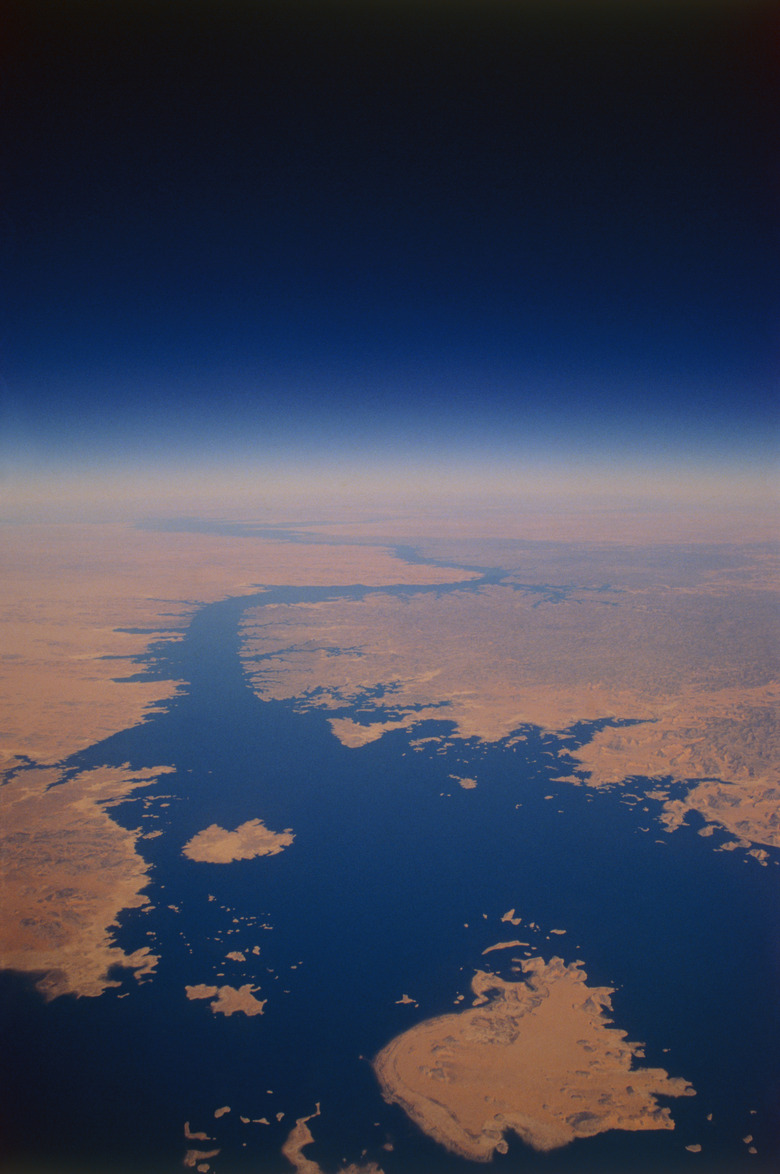The Scientist Henry Hess Invented What Kind Of Devices?
Henry (also known as Harry) Hess was a geologist born in 1906. He worked as a professor at Princeton, was in the Naval Reserve during World War II and helped develop the U.S. Space Program. While Henry Hess did not invent any devices, he is known for coming up with the Theory of Plate Tectonics.
What is Plate Tectonics?
What is Plate Tectonics?
Plate Tectonics is also known as seafloor spreading. In 1953, the Great Global Rift was discovered under the oceans. The Great Global Rift is a volcanic valley located along mountain ridges at the bottom of the sea. Hess theorized that the hot gasses and magma that emerged from the Great Global Rift pushed the ocean floor away from the rift, causing the land to spread. Rather than one big mass, the land was in plates. When these plates spread away from the rift, where they crashed into another plate they formed ridges and mountains. Where the plates separated, they formed trenches. This also explained why some parts of the ocean floor seemed younger than other parts, since they were newly exposed when the plates separated.
References
Cite This Article
MLA
Kokemuller, Jill. "The Scientist Henry Hess Invented What Kind Of Devices?" sciencing.com, https://www.sciencing.com/scientist-henry-hess-invented-kind-devices-9101/. 24 April 2017.
APA
Kokemuller, Jill. (2017, April 24). The Scientist Henry Hess Invented What Kind Of Devices?. sciencing.com. Retrieved from https://www.sciencing.com/scientist-henry-hess-invented-kind-devices-9101/
Chicago
Kokemuller, Jill. The Scientist Henry Hess Invented What Kind Of Devices? last modified March 24, 2022. https://www.sciencing.com/scientist-henry-hess-invented-kind-devices-9101/
